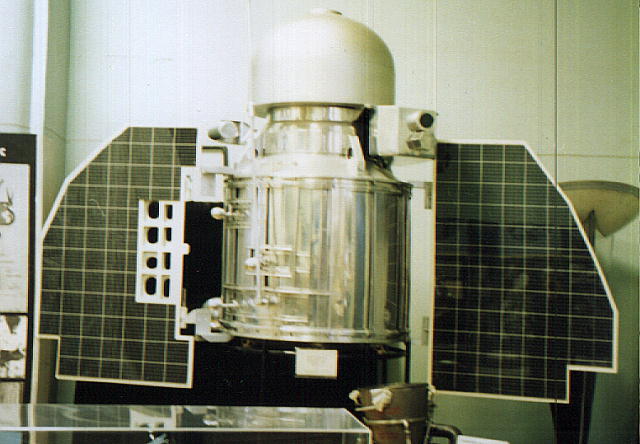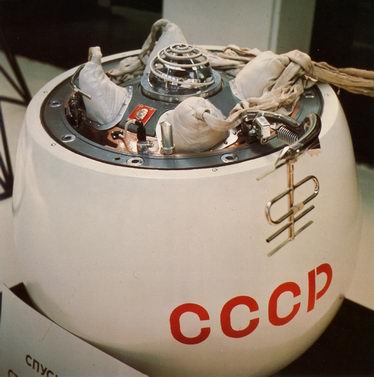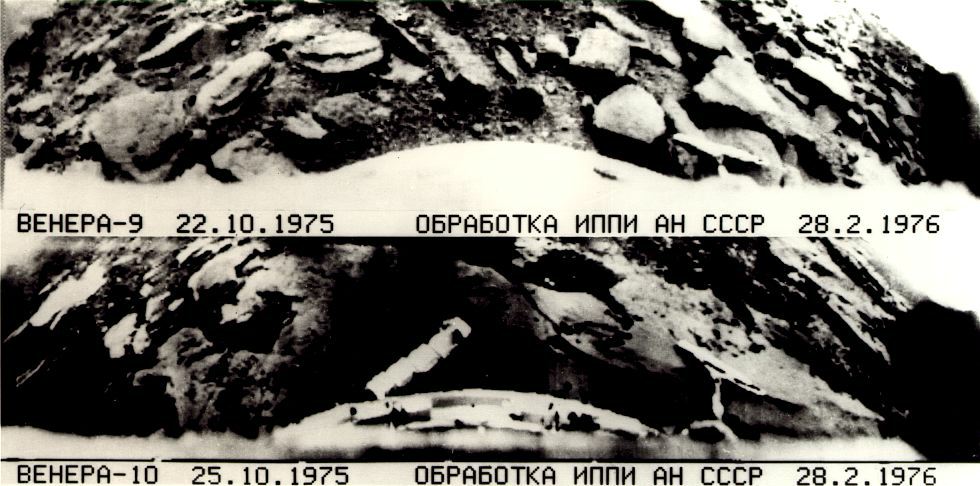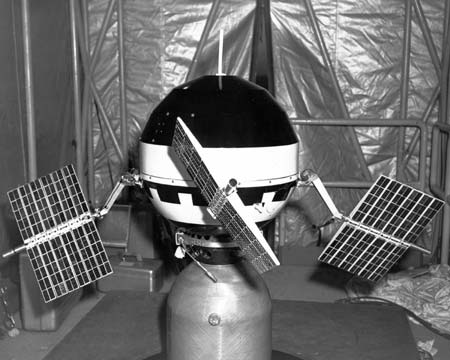Forty-five years ago today — June 12, 1967 — the Soviet Union launched Venera 4 from the Baikonur Cosmodrome.

(Venera 4. Image from the National Space Science Data Center.)
Venera 4 was designed to conduct “direct atmospheric studies” of Venus.
On October 18, 1967, the spacecraft entered the Venusian atmosphere and released two thermometers, a barometer, a radio altimeter, and atmospheric density gauge, 11 gas analyzers, and two radio transmitters operating in the DM waveband. The main bus, which had carried the capsule to Venus, carried a magnetometer, cosmic ray detectors, hydrogen and oxygen indicators, and charged particle traps. Signals were returned by the spacecraft, which braked and then deployed a parachute system after entering the Venusian atmosphere, until it reached an altitude of 24.96 km.
The Venera 4 Wikipedia page includes some fascinating details about the capsule’s design and test regimen, and notes that Venera 4 successfully measured Venus’s atmosphere to be made up of 90-93% carbon dioxide, 0.4-0.8% oxygen, 7% nitrogen and 0.1-1.6% water vapor.
















